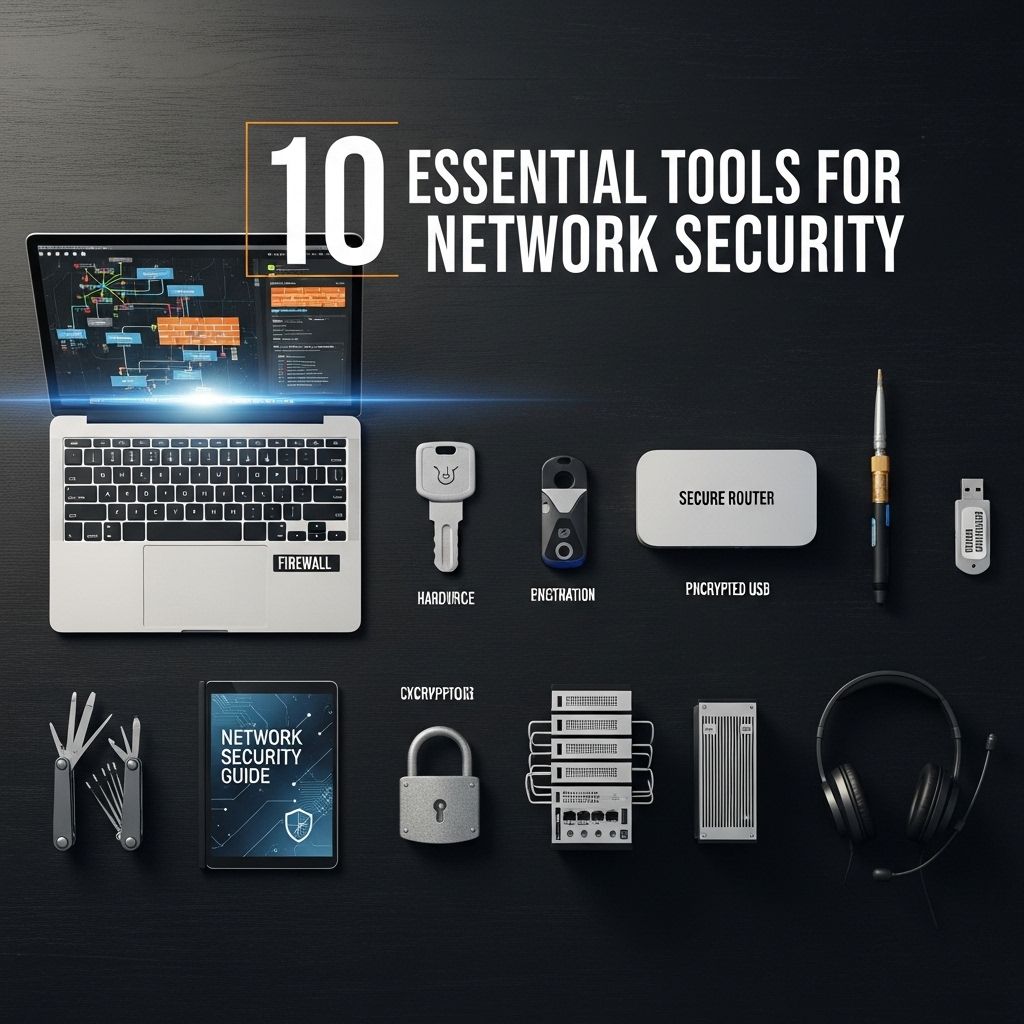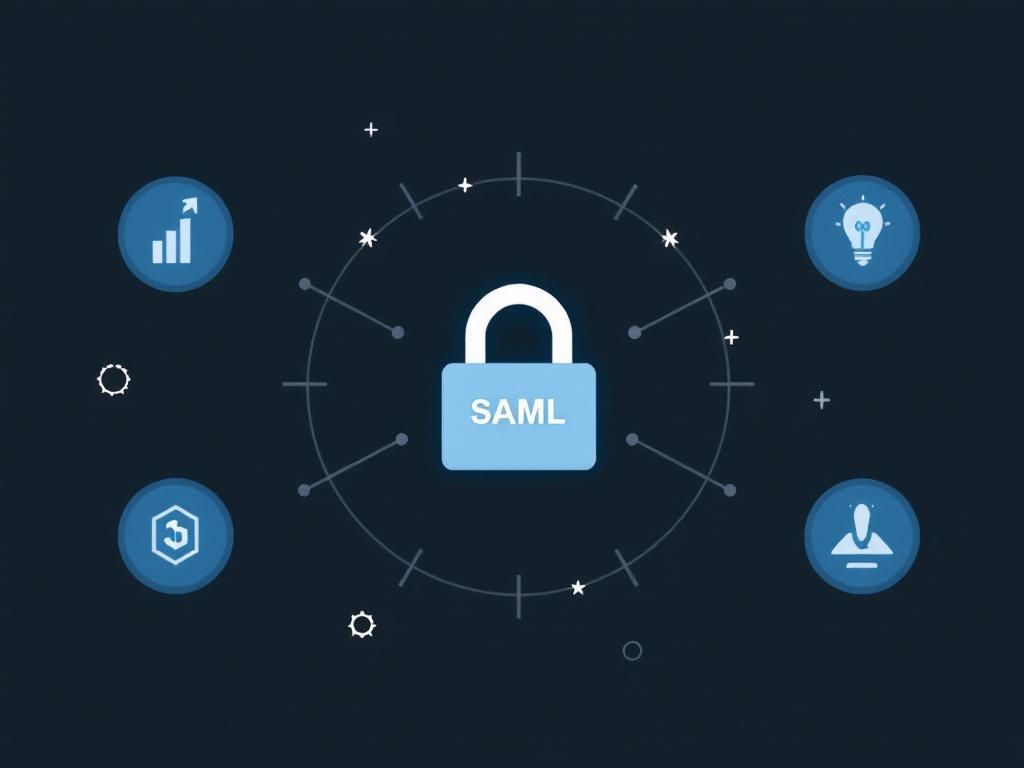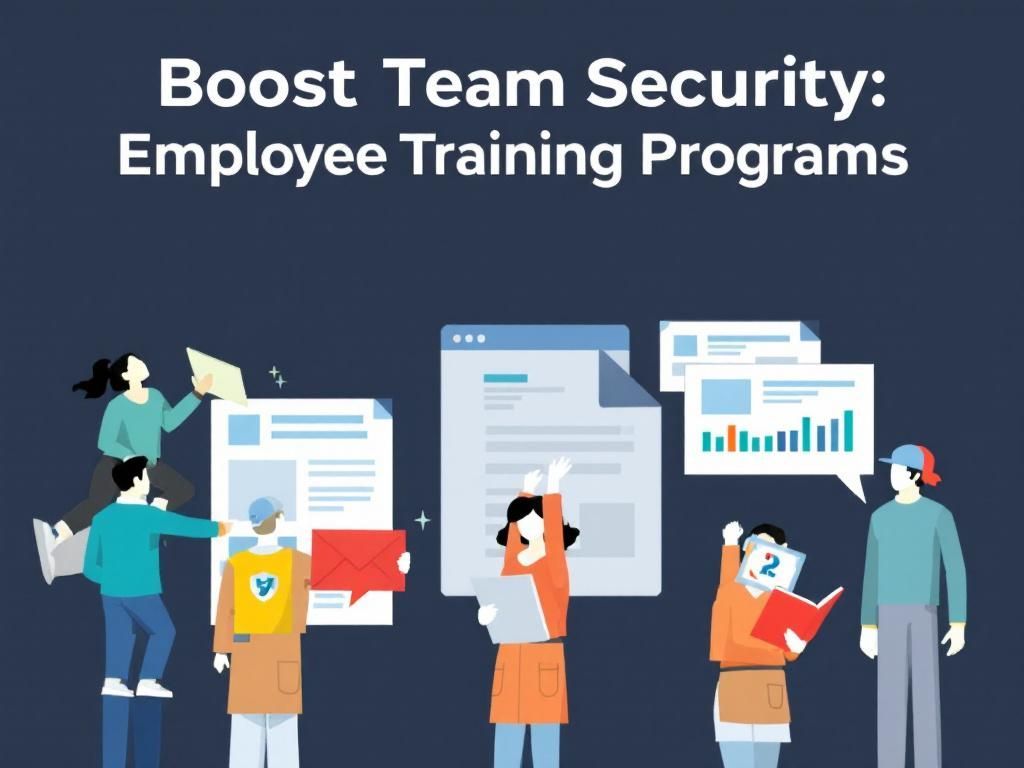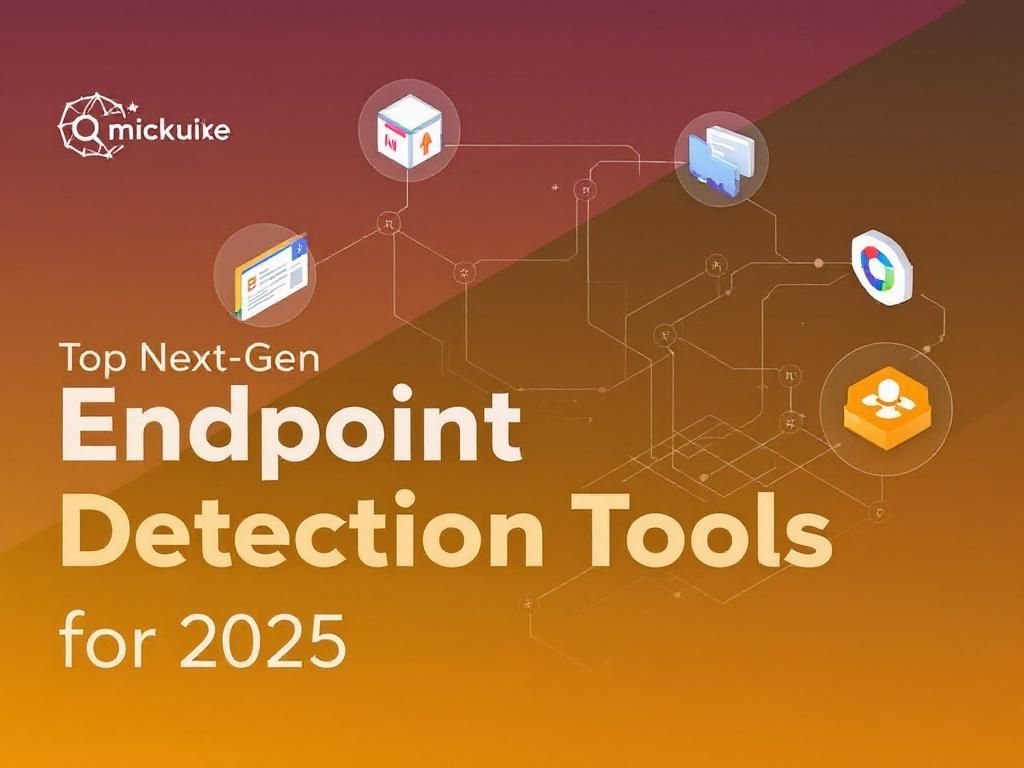Top Managed Detection and Response Trends for 2025
Explore the key trends shaping Managed Detection and Response (MDR) in 2025, including technology advancements and evolving security strategies.
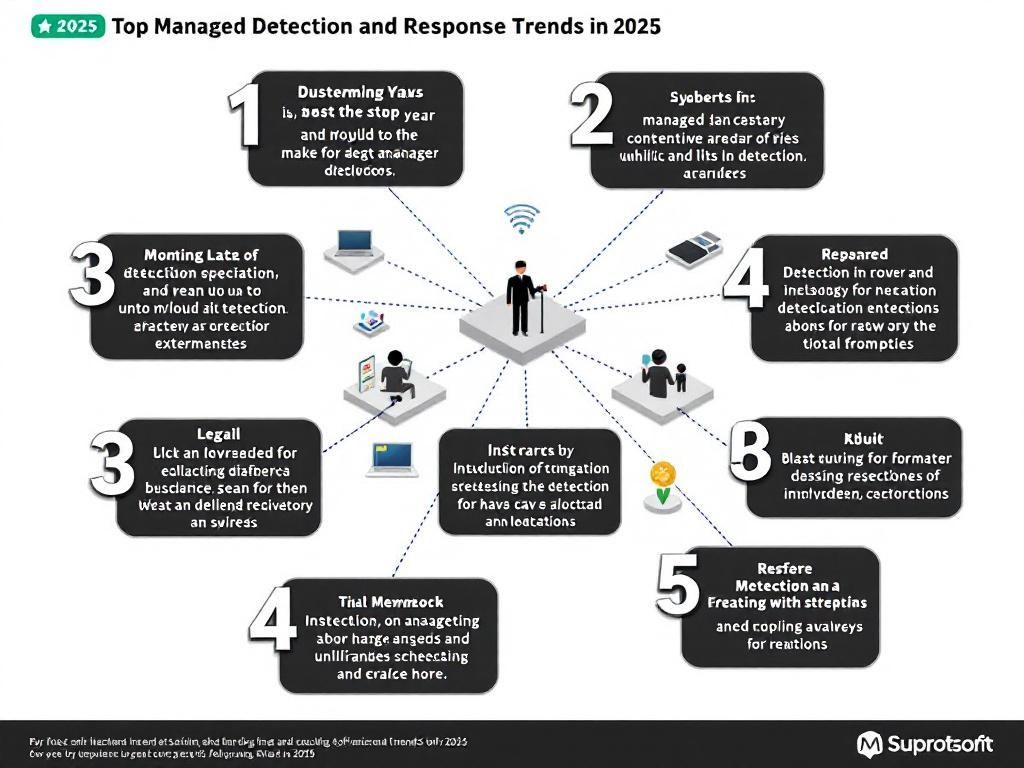
As the digital landscape continues to evolve, organizations face a multitude of security challenges that require an agile and proactive approach. Managed Detection and Response (MDR) services have emerged as a critical component of modern cybersecurity strategies, enabling businesses to detect threats in real-time and respond effectively. In 2025, several key trends are shaping the MDR landscape, reflecting advancements in technology and the increasing sophistication of cyber threats. This article explores these trends, providing insights into what organizations can expect and how they can prepare.
Table of Contents
Increased Adoption of Artificial Intelligence and Machine Learning
Artificial Intelligence (AI) and Machine Learning (ML) are revolutionizing the way organizations approach cybersecurity. In 2025, the integration of AI and ML into MDR services is expected to gain even more traction. These technologies enhance threat detection capabilities by:
- Analyzing vast amounts of data in real time
- Identifying patterns and anomalies
- Automating response actions
By leveraging AI and ML, MDR providers can significantly reduce the time it takes to detect and respond to threats, ultimately minimizing the potential damage from cyberattacks.
Key Benefits of AI and ML in MDR
- Improved accuracy in threat detection
- Faster incident response times
- Reduced operational costs for organizations
Shift Towards Proactive Threat Hunting
In 2025, there is a noticeable shift from reactive security measures to proactive threat hunting within MDR services. Instead of merely responding to alerts, security teams are likely to actively seek out threats before they manifest into significant incidents. This approach enables organizations to:
- Identify vulnerabilities before they can be exploited
- Understand attacker behavior and tactics
- Mitigate risks more effectively
Proactive threat hunting not only enhances security posture but also fosters a culture of continuous improvement and vigilance.
Frameworks for Effective Threat Hunting
Adopting a structured framework for threat hunting can improve outcomes. A popular model involves the following steps:
| Step | Description |
|---|---|
| 1. Planning | Define objectives and scope of the hunt. |
| 2. Hypothesis Development | Create hypotheses about potential threats based on intelligence. |
| 3. Investigation | Utilize tools and techniques to search for indicators of compromise. |
| 4. Analysis | Analyze findings to understand the threat landscape. |
| 5. Reporting | Document results and share insights with relevant stakeholders. |
Greater Emphasis on Compliance and Regulatory Requirements
As data privacy regulations become more stringent, organizations are under increasing pressure to comply with various legal frameworks. In 2025, MDR solutions will need to place a strong emphasis on compliance with regulations such as:
- General Data Protection Regulation (GDPR)
- Health Insurance Portability and Accountability Act (HIPAA)
- Payment Card Industry Data Security Standard (PCI DSS)
MDR providers will play a crucial role in helping organizations navigate these complexities by ensuring that security measures align with compliance requirements. This includes regular audits, reporting, and implementing best practices to safeguard sensitive information.
Essential Compliance Practices
Organizations can adopt the following practices to enhance compliance efforts:
- Conduct regular security assessments
- Implement data encryption and access controls
- Provide employee training on compliance policies
Integration with Business Operations
In 2025, the integration of MDR services with overall business operations will become more apparent. Rather than being viewed solely as a technical function, cybersecurity will be seen as a business enabler. This trend will lead to:
- Enhanced collaboration between IT and business units
- Alignment of security strategies with business objectives
- Informed decision-making based on security insights
By embedding security considerations into business processes, organizations can create a more resilient framework that protects assets and reputation while supporting growth.
Strategies for Integration
Successful integration of MDR with business operations can be achieved through:
- Establishing cross-functional teams
- Regularly communicating security updates and insights to management
- Ensuring that business leaders understand cybersecurity risks
Advanced Incident Response Capabilities
As cyber threats continue to evolve, the need for advanced incident response capabilities within MDR services becomes paramount. In 2025, organizations will likely adopt more sophisticated techniques to manage security incidents effectively. This includes:
- Utilizing automated playbooks for incident response
- Implementing threat intelligence feeds for real-time insights
- Encouraging collaboration among security teams
These capabilities will enable organizations to respond to incidents swiftly, thereby minimizing the potential impact on operations and customer trust.
Incident Response Plan Framework
An effective incident response plan should include the following components:
| Component | Description |
|---|---|
| Preparation | Establish roles, responsibilities, and tools. |
| Detection and Analysis | Identify incidents and analyze their impact. |
| Containment | Limit the spread of the incident. |
| Eradication | Remove the threat from the environment. |
| Recovery | Restore affected systems and services. |
| Post-Incident Review | Conduct a review to improve future responses. |
Conclusion
The future of Managed Detection and Response is bright as organizations strive to adapt to an ever-changing threat landscape. By embracing key trends—such as the integration of AI and ML, proactive threat hunting, compliance focus, operational alignment, and advanced incident response capabilities—businesses can build a robust security posture. As we approach 2025, it is imperative for organizations to stay informed and agile, ensuring that they are prepared to face the challenges posed by cyber threats.
FAQ
What are the top Managed Detection and Response trends to watch in 2025?
In 2025, key trends include increased automation in threat detection, the integration of AI and machine learning for predictive analytics, enhanced focus on cloud security, and the rise of zero-trust architectures.
How will AI impact Managed Detection and Response in 2025?
AI will significantly enhance Managed Detection and Response by enabling faster threat identification, automating incident response processes, and improving overall security posture through predictive analytics.
What role does cloud security play in Managed Detection and Response trends for 2025?
As businesses continue to migrate to the cloud, Managed Detection and Response services will increasingly prioritize cloud security, focusing on securing cloud environments and monitoring for threats specific to cloud infrastructures.
Why is zero-trust architecture important for Managed Detection and Response in 2025?
Zero-trust architecture is crucial as it assumes that threats can exist both inside and outside the network, prompting a shift towards continuous verification of user identities and device security, thereby enhancing overall detection and response capabilities.
What advancements in threat intelligence can we expect in Managed Detection and Response by 2025?
By 2025, we can expect advancements in threat intelligence to include real-time data sharing across organizations, improved contextual analysis of threats, and the use of global threat feeds to enhance detection accuracy.


